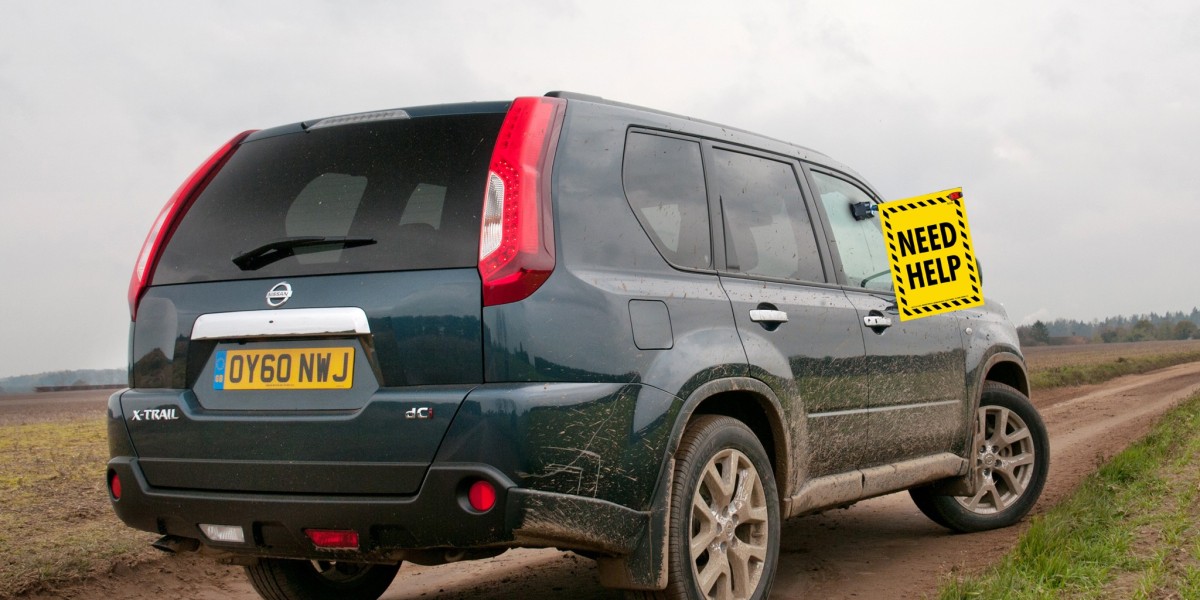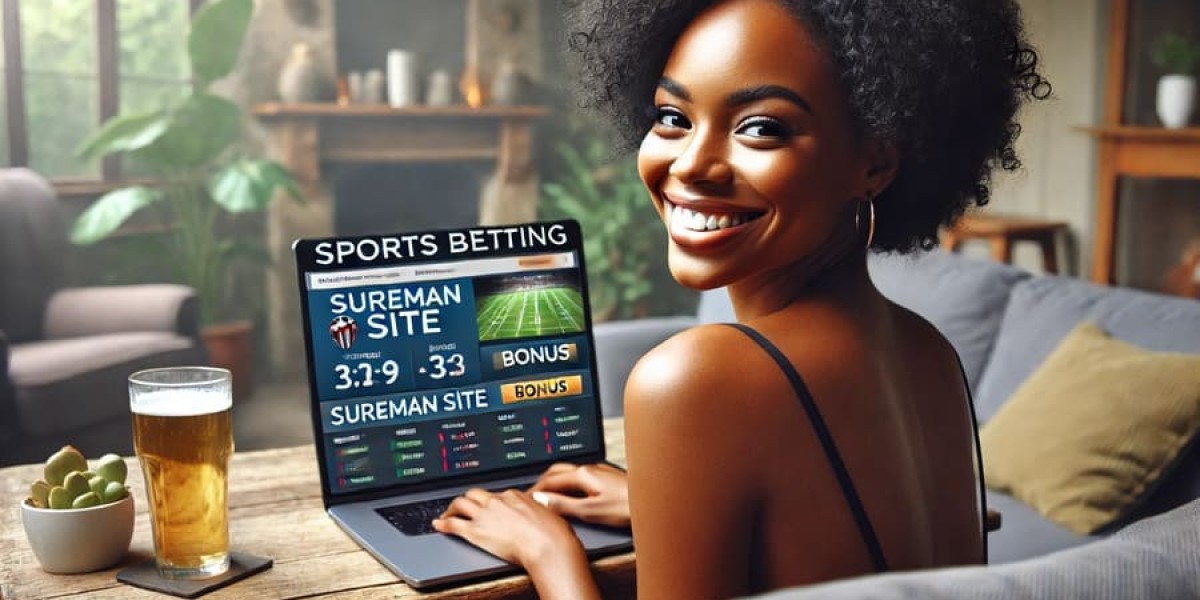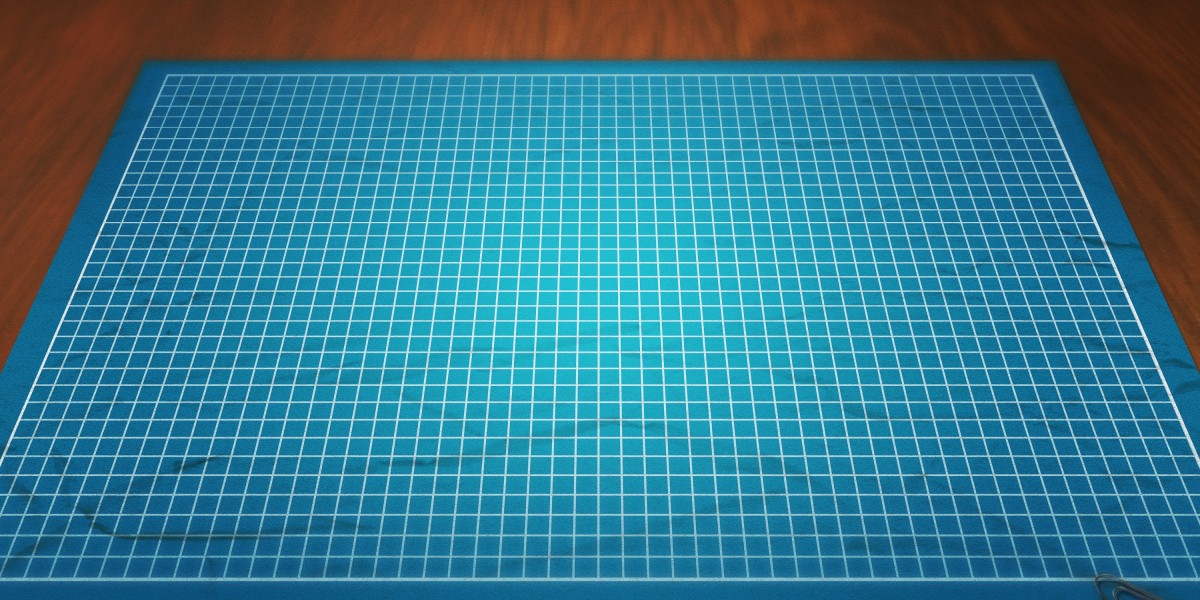In the world of photography, lighting plays an indispensable role in capturing captivating images. Strobe light is one of the most powerful tools at a photographer’s disposal. When used correctly, it can add dramatic effects, sharp contrasts, and dynamic lighting that turn an ordinary shot into something extraordinary. Mastering the art of strobe lighting can elevate your work, making it stand out in the competitive field of visual storytelling. Whether you are shooting portraits, product photography, or action shots, strobe lighting can help you achieve the perfect shot.
What is Strobe Lighting?
Strobe light refers to a powerful burst of light that is emitted in a very brief, controlled duration. Unlike continuous lighting sources, strobe lights offer a quick flash, which can freeze motion and create high contrast effects. Strobes are commonly used in studio photography because they are highly customizable in terms of intensity, duration, and direction. By manipulating these elements, you can craft visuals with dramatic shadows, highlights, and color contrasts.
Key Benefits of Using Strobe Lighting
When you incorporate strobe lighting into your photography, you gain a range of benefits that make your images stand out:
Precise Control Over Lighting
One of the key advantages of strobe lighting is its precision. It allows photographers to control the intensity of the flash, the direction of the light, and the timing. This level of control is impossible to achieve with ambient light sources.Freezing Motion
A strobe light can freeze fast-moving subjects in their tracks. Whether it’s a person jumping or a moving object, strobe lighting captures crisp, clear images even when the subject is in motion.Creative Flexibility
Strobe lights can be modified with different attachments like softboxes, umbrellas, or reflectors. These accessories help shape the light and soften it for portraits, or bounce it off surfaces for more diffuse effects. This creative flexibility can add depth and texture to your visuals.High Contrast and Impactful Shadows
A strobe light creates sharp, well-defined shadows, which are essential for dramatic compositions. High contrast lighting works wonders for bringing out the texture and form of your subject, making it pop against the background.
Setting Up Strobe Lighting for the Perfect Shot
Creating stunning visuals with strobe lighting involves more than just placing the light and pressing the shutter button. To truly harness its power, you need to consider the following factors:
1. Choosing the Right Strobe Light
The first step is selecting the right strobe light for your needs. Depending on the type of photography you are doing, you’ll need to choose a light that provides the appropriate power output. Strobe lights come in various power ratings, and the right one depends on the size of the area you’re lighting and the subject's distance from the light source.
2. Positioning the Strobe Light
The placement of your strobe light can drastically change the mood and feel of your image. For portrait photography, a soft, diffused light is often positioned at a 45-degree angle from the subject, slightly above their eye level. This creates flattering shadows and highlights. For dramatic effect, strobe lights can be positioned at harsher angles to produce striking, sharp shadows.
3. Adjusting the Light’s Intensity
Once you have your strobe light in place, it’s time to adjust its intensity. Depending on the desired effect, you may want to adjust the power of the flash to create a soft, subtle light or a harsh, intense burst. The key here is to experiment with different settings and distances to see how the light interacts with your subject.
4. Modifying the Light
To control the light even further, consider using modifiers like softboxes or umbrellas. These tools help to diffuse the strobe light, creating a softer, more flattering effect for portraits. Alternatively, grids and snoots can narrow the light’s beam, allowing for focused, high-contrast lighting in product shots or dramatic scenes.
Mastering Techniques for Strobe Lighting
Using Multiple Strobe Lights
In some cases, a single strobe light might not be enough to achieve the desired effect. Using multiple strobe lights enables you to create more complex lighting setups. One light might serve as your key light, while others can be used as fill lights or background lights. By controlling the intensity and angle of each light, you can create more depth, dimension, and detail in your image.
Using the Strobe in Sync with Camera Settings
In order to create stunning visuals with strobe lighting, it’s essential to synchronize your camera settings with the flash. Typically, you’ll need to adjust the shutter speed to match the duration of the strobe light. For most strobe lights, the ideal shutter speed is around 1/200 to 1/250 seconds, as this ensures the light is captured fully without motion blur.
Utilizing High-Speed Sync (HSS)
For capturing fast-moving subjects with strobe lighting, High-Speed Sync (HSS) is a game-changer. HSS allows you to use faster shutter speeds than usual, enabling you to freeze action while still getting the benefits of strobe lighting. It’s especially useful for shooting in bright conditions or for high-speed photography like sports or wildlife.
Tips for Enhancing Visuals with Strobe Lighting
Experiment with Backlighting
Backlighting is a great way to create striking silhouettes and highlight the outline of a subject. Position your strobe light behind the subject to achieve this effect, which is particularly effective in portrait photography.Consider the Ambient Light
While strobe lighting can overpower ambient light, incorporating some natural light can create more balanced compositions. For example, using the strobe as a fill light to complement natural sunlight can help reduce harsh shadows.Play with Color Gels
Adding color gels to your strobe lights can introduce bold colors into your images. This technique is perfect for creative shoots or when you want to add an artistic flair to your visuals.Use Strobe Lighting for Product Photography
Strobe lighting is ideal for product photography because it highlights fine details and textures. By adjusting the angle and intensity of the strobe, you can bring out the form and depth of your subject, whether it’s a piece of jewelry or a bottle of perfume.
Conclusion
Strobe lighting is a versatile and powerful tool for photographers looking to create breathtaking visuals. By mastering its use, you can dramatically improve the quality and impact of your images. Whether you are a seasoned professional or a beginner, learning how to control the intensity, positioning, and modifications of strobe light will open up new creative possibilities. With practice and experimentation, you’ll soon be able to create stunning visuals that captivate and inspire your audience.







